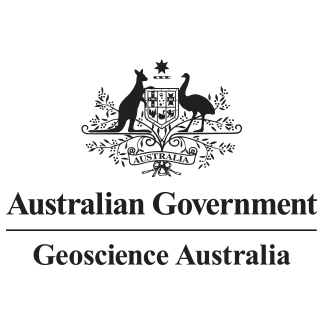Brief description
Background Land cover is the observed physical cover on the Earth's surface including trees, shrubs, grasses, soils, exposed rocks, water bodies, plantations, crops and built structures. A consistent, Australia-wide land cover product helps understanding of how the different parts of the environment change and inter-relate. Earth observation data recorded over a period of time firstly allows the observation of the state of land cover at a specific time and secondly the way that land cover changes by comparison between times. What this product offers DEA Land Cover provides annual land cover classifications for Australia using the Food and Agriculture Organisation Land Cover Classification System taxonomy Version 2 (Di Gregorio and Jansen, 1998; 2005). DEA Land Cover divides the landscape into six base land cover types, which are then further detailed in sub-classes. The structure of base and sub-classes is as follows: - Cultivated Terrestrial Vegetation - percentage of cover - life form (herbaceous only) - Natural Terrestrial Vegetation - percentage of cover - life form (herbaceous only) - Natural Aquatic Vegetation - percentage of cover - life form (herbaceous only) - water seasonality - Artificial Surfaces - Natural Bare - percentage of bare - Aquatic - water persistence - intertidal areaLineage
Maintenance and Update Frequency: asNeeded
Statement: Land cover is the observed physical cover on the Earth's surface including trees, shrubs, grasses, soils, exposed rocks, water bodies, plantations, crops and built structures. A consistent, Australia-wide land cover product helps understanding of how the different parts of the environment change and inter-relate. Earth observation data recorded over a period of time firstly allows the observation of the state of land cover at a specific time and secondly the way that land cover changes by comparison between times.
Created: 30 11 2020
Issued: 01 04 2022
text: westlimit=93.7714935; southlimit=-60.9448642; eastlimit=173.6798691; northlimit=-8.4838338; projection=GDA94 (geocentric) (EPSG:4348)
Subjects
Earth Sciences |
Published_External |
geoscientificInformation |
land cover and land use |
vegetation |
User Contributed Tags
Login to tag this record with meaningful keywords to make it easier to discover
Identifiers
- DOI : 10.26186/146090

- URI : pid.geoscience.gov.au/dataset/ga/146090

- global : c4e0ae3c-2c1a-4837-8f95-996fc950e1f7


